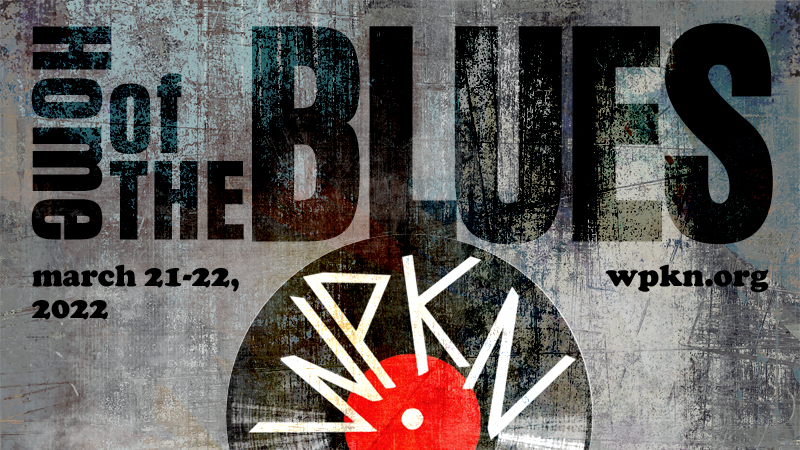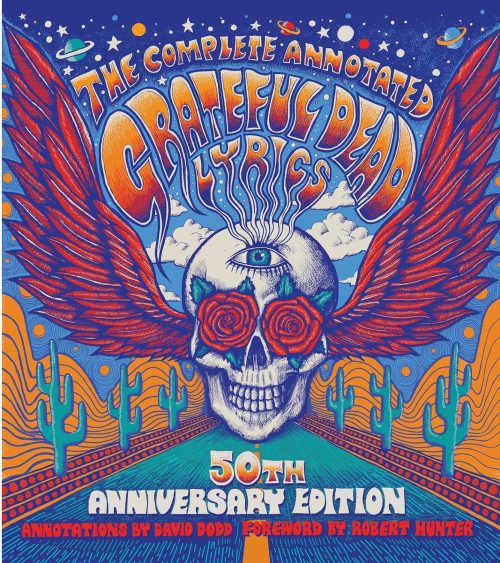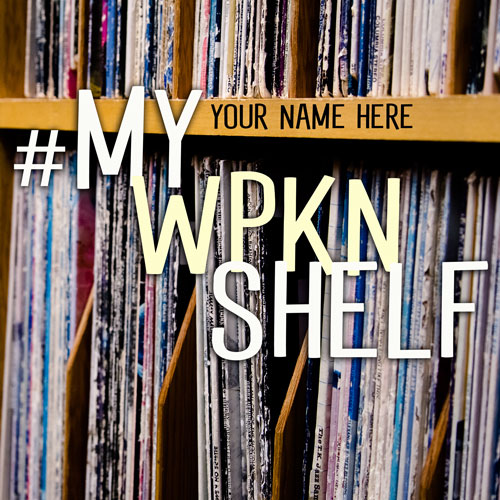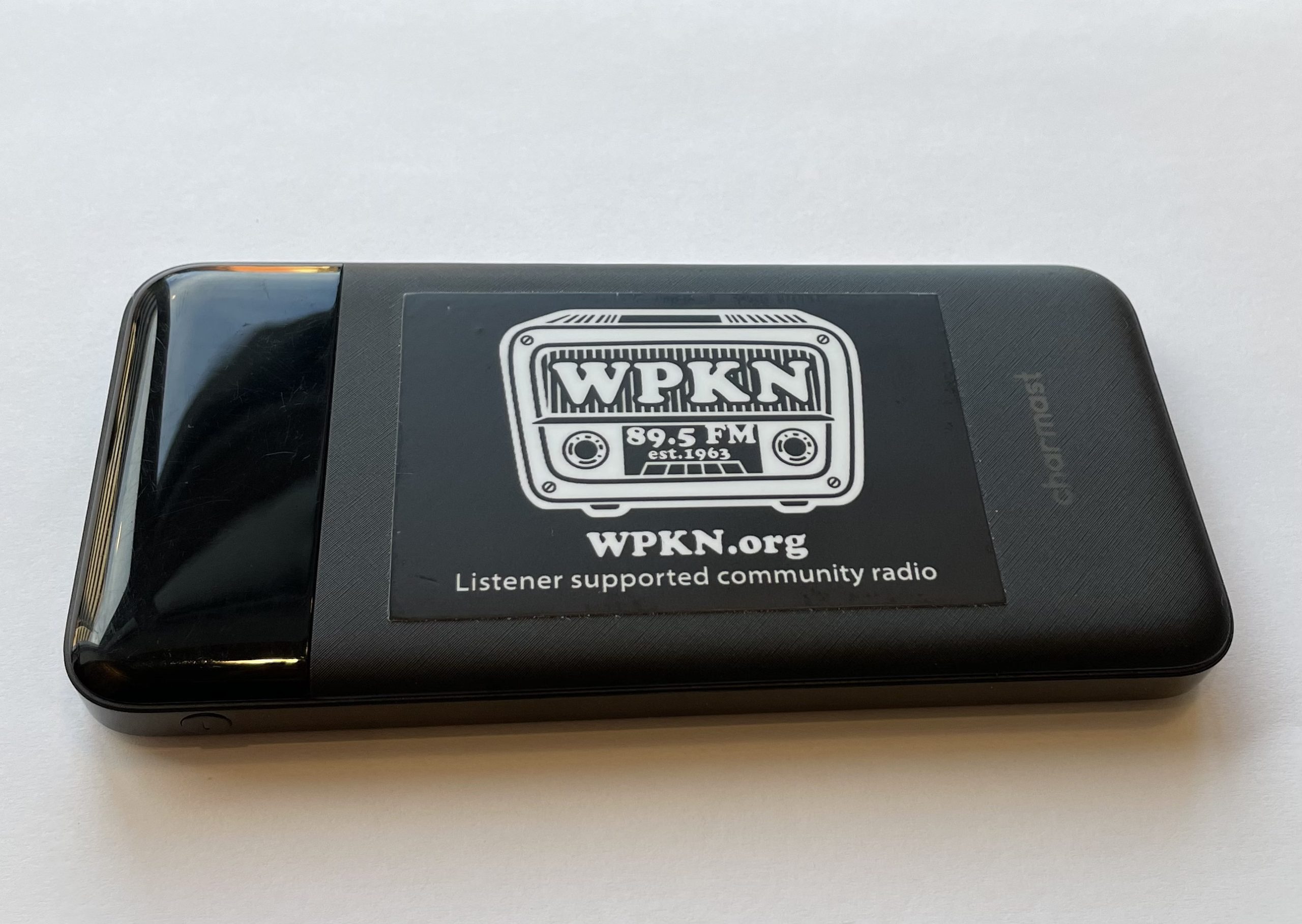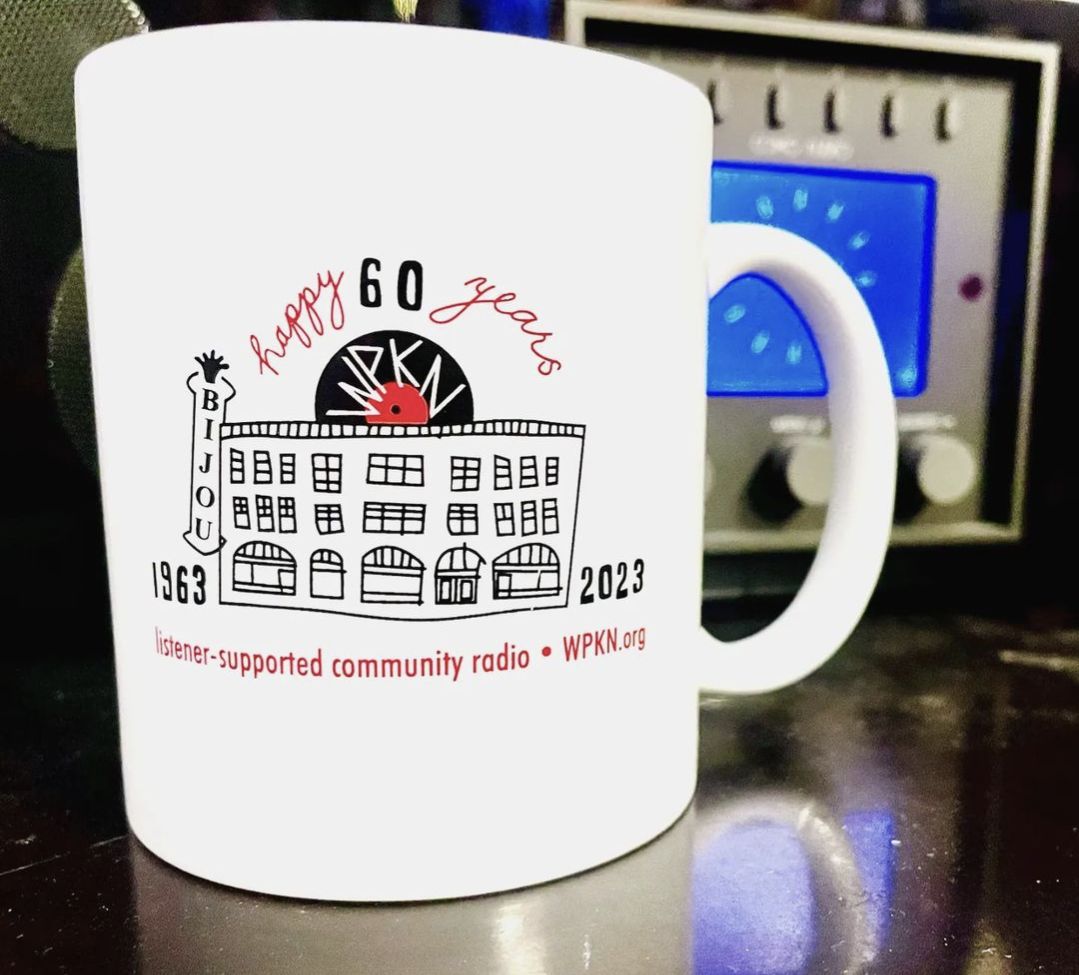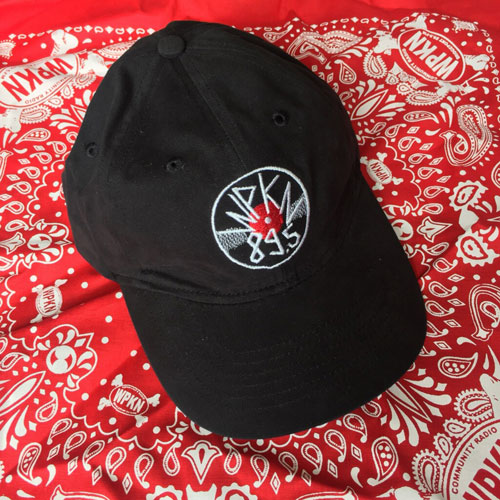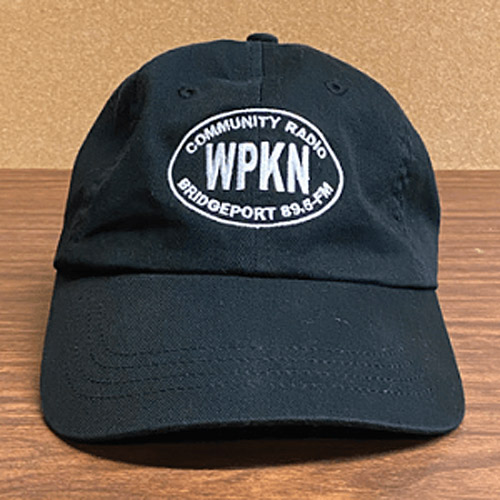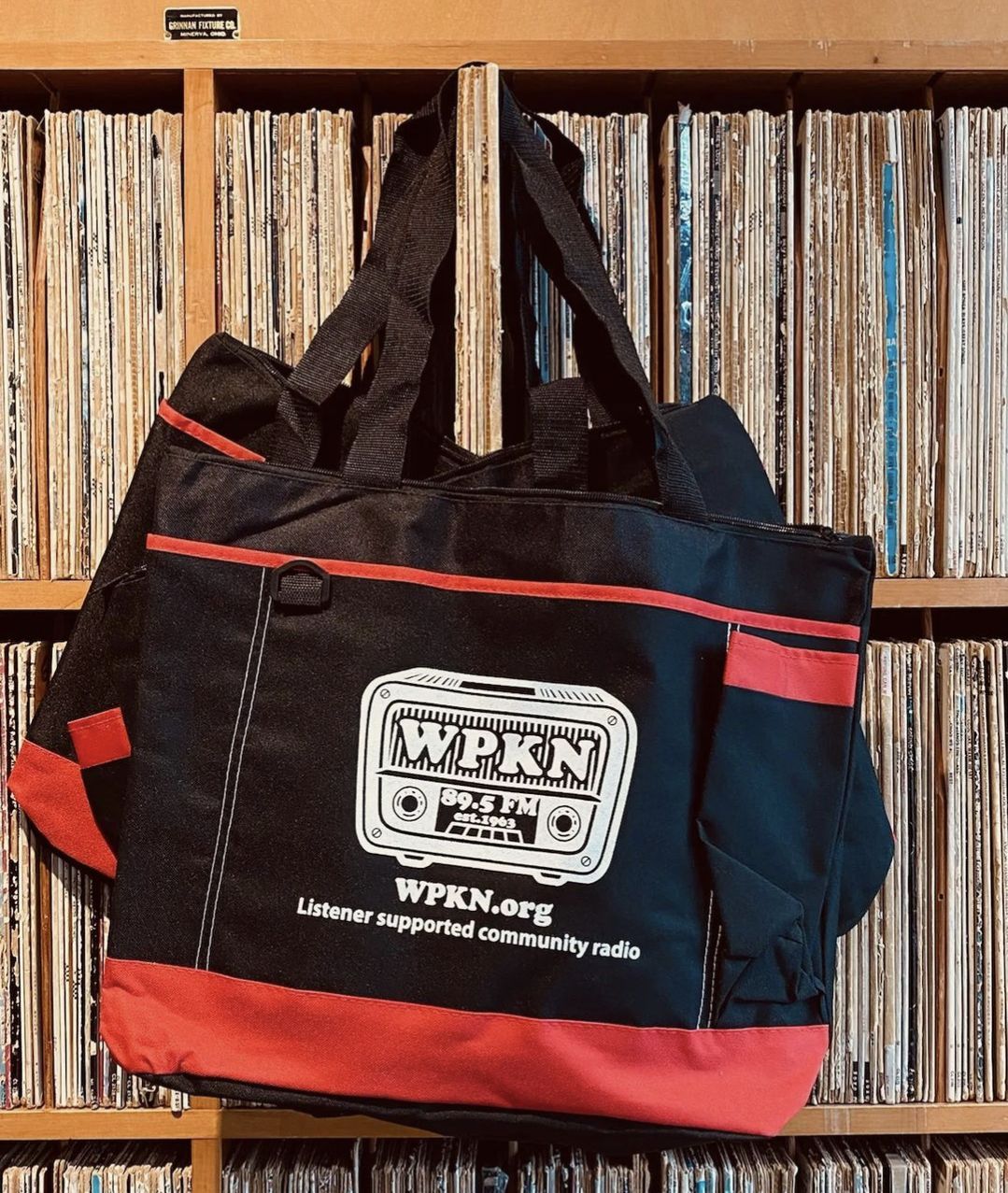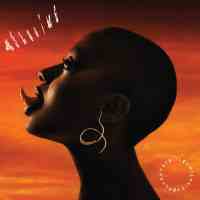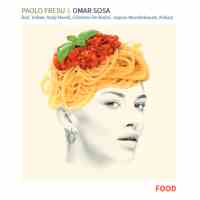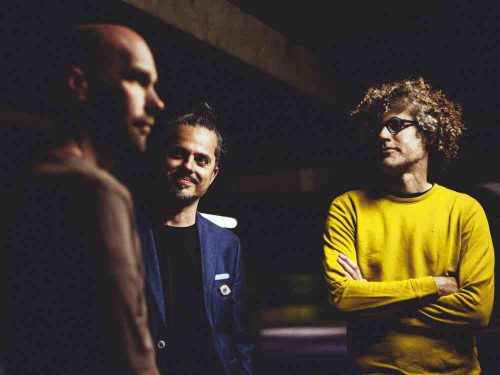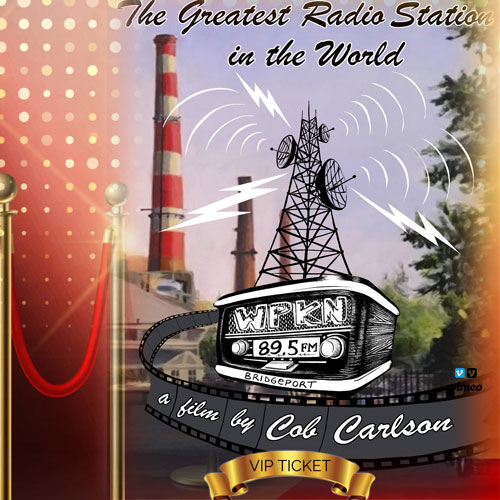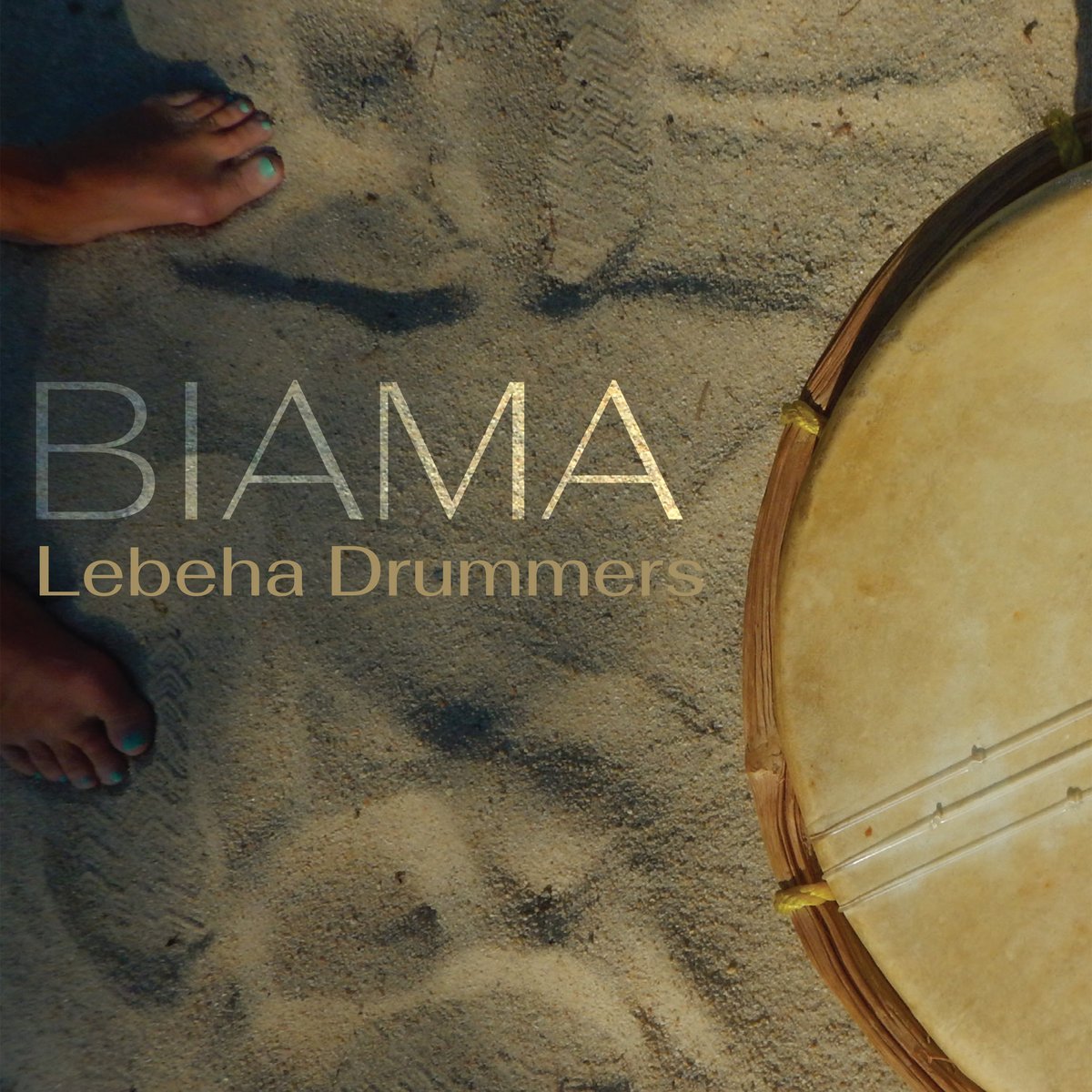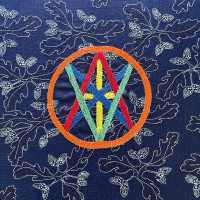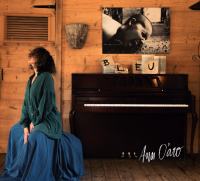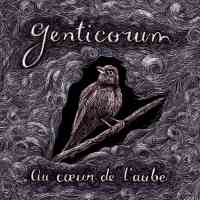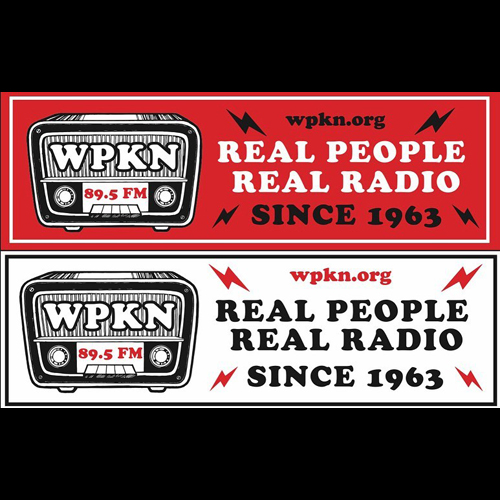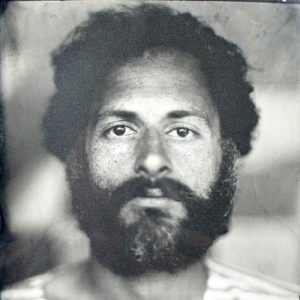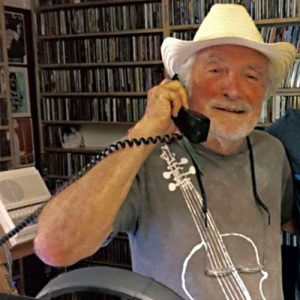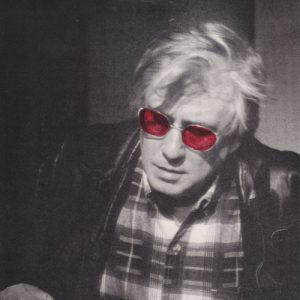Created by African-Americans in the United States in the late 1800s, the blues is a music genre, a style of music, a way of presenting musical ideas, different musical cultures, and an emotion. Its roots are in African American slave songs such as field hollers, work songs, spirituals, and country string ballads. Rural music that captured the suffering, anguish, and hopes of 300 years of slavery and tenant farming, the blues was typically played by roaming solo musicians on acoustic guitar, piano, or harmonica. Early on, the lyrics and instruments of the blues were improvised, giving rise to the one-stringed diddley bow, the percussive washboard, the jug, the spoons, and the washtub bass.
The most common form of the blues is the 12-Bar blues, which only uses three chords (I, IV, and V) and repeats after each twelve bars or measures.
In 1912, W.C. Handy helped raise public awareness of the blues when he became one of the first to transcribe and publish sheet music for a blues song— “Memphis Blues.” Eight years later, listeners bought more than a million copies of “Crazy Blues” by Mamie Smith, the first black female to record a blues vocal.
Georgia and the Carolinas, Texas, and Mississippi
The blues of Georgia and the Carolinas is noted for clarity of enunciation and regularity of rhythm. Influenced by ragtime and white folk music, it is more melodic than the Texas and Mississippi styles. Blind Willie McTell and Blind Boy Fuller represent this style.
The Texas blues is characterized by high, clear singing accompanied by supple guitar lines that consist of single-string picked arpeggios. Blind Lemon Jefferson was by far the most influential Texas bluesman.
Mississippi Delta blues is the most intense of the three styles and has been the most influential. Vocally, it is the most speech-like, and the guitar accompaniment is rhythmic and percussive; a slide or bottleneck is often used. The Mississippi style is represented by Charley Patton, Eddie James (“Son”) House, and Robert Johnson, among others.
Detroit, West Coast and Chicago
John Lee Hooker settled in Detroit, and on the West Coast T-Bone Walker developed a style later adopted by B.B. King. In the 1920s and ’30s, Memphis Minnie, Tampa Red, Big Bill Broonzy, and Sonny Boy Williamson were popular Chicago performers.
After World War II they were supplanted by a new generation of bluesmen that included Muddy Waters, Howlin’ Wolf, Elmore James, Little Walter Jacobs, Buddy Guy, and Koko Taylor. In the 1940s, acoustic guitars were swapped for electric ones and sound was rounded out by drums, harmonica, and standup bass. This gave rise to an electrified blues sound with a stirring beat that drove people onto dance floors and pointed the way to rhythm and blues and rock and roll.
Support WPKN 89.5 FM
Thanks for reading about the blues! Our volunteers will be wild about this fundraiser and we hope you will show your support by donating either by clicking the DONATE button or by purchasing SWAG. To us, it’s the same — wonderful! You can also DONATE A CAR or other vehicle. We want to shout out our special thanks to all the hosts and volunteers who work so tirelessly to keep the station going.
Get a Great Gift with Your Donation!
Your contribution helps WPKN, a 501(c)(3) organization.


